-
×
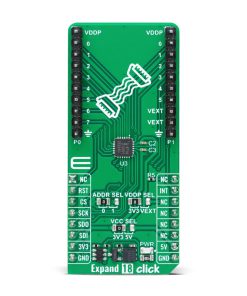 Expand 18 Click
1 ×
Expand 18 Click
1 × R275.00R247.50 -
×
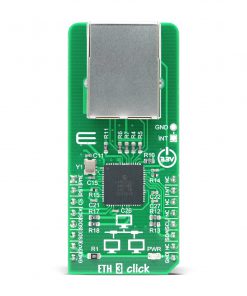 ETH 3 Click
1 ×
ETH 3 Click
1 × R865.00R778.50 -
×
 GPS Click
1 ×
GPS Click
1 × R1,050.00R945.00 -
×
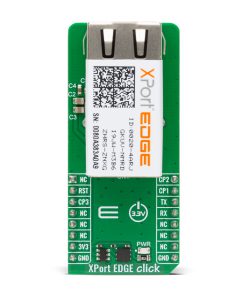 XPort EDGE Click
1 ×
XPort EDGE Click
1 × R2,600.00R2,340.00 -
×
 RS485 Click 5V
1 × R230.00
RS485 Click 5V
1 × R230.00 -
×
 XPort ETH Click - XE
1 ×
XPort ETH Click - XE
1 × R2,600.00R2,340.00 -
×
 3D Motion Click
1 ×
3D Motion Click
1 × R1,050.00R945.00 -
×
 XPort ETH Click - SE
1 ×
XPort ETH Click - SE
1 × R2,550.00R2,295.00 -
×
 CXPI Click
1 ×
CXPI Click
1 × R260.00R234.00 -
×
 GSM-GPS Click
1 ×
GSM-GPS Click
1 × R1,300.00R1,170.00 -
×
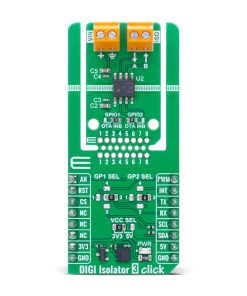 DIGI Isolator 3 Click
1 ×
DIGI Isolator 3 Click
1 × R260.00R234.00 -
×
 EXPAND Click
1 ×
EXPAND Click
1 × R260.00R234.00 -
×
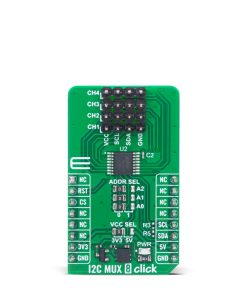 I2C MUX 8 Click
1 ×
I2C MUX 8 Click
1 × R260.00R234.00 -
×
 tRF Click
1 ×
tRF Click
1 × R1,050.00R945.00 -
×
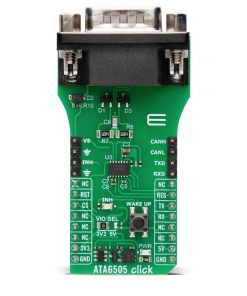 ATA6505 Click
1 ×
ATA6505 Click
1 × R460.00R414.00 -
×
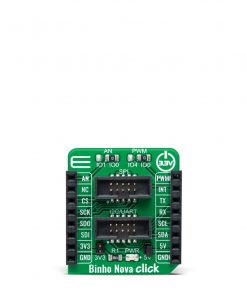 Binho Nova Click
1 ×
Binho Nova Click
1 × R145.00R130.50 -
×
 ATA6503 Click
1 ×
ATA6503 Click
1 × R385.00R346.50 -
×
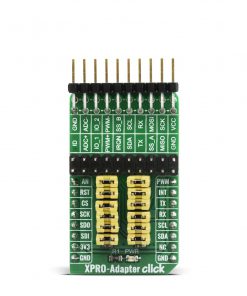 XPRO-Adapter Click
1 ×
XPRO-Adapter Click
1 × R260.00R234.00 -
×
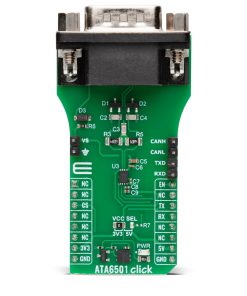 ATA6501 Click
1 ×
ATA6501 Click
1 × R350.00R315.00 -
×
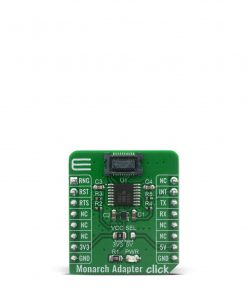 Monarch Adapter Click
1 ×
Monarch Adapter Click
1 × R350.00R315.00 -
×
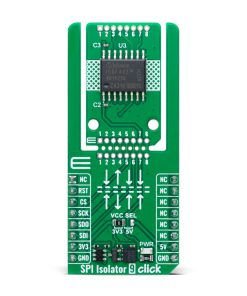 SPI Isolator 9 Click
1 ×
SPI Isolator 9 Click
1 × R275.00R247.50 -
×
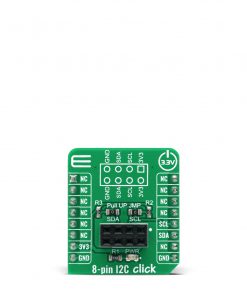 8-pin I2C Click
1 ×
8-pin I2C Click
1 × R145.00R130.50 -
×
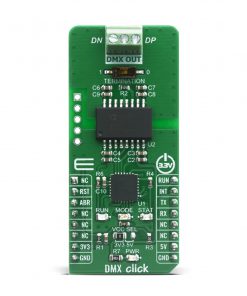 DMX Click
1 ×
DMX Click
1 × R1,200.00R1,080.00 -
×
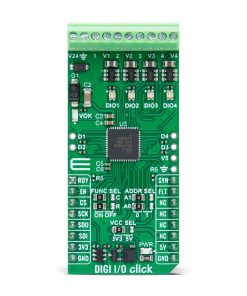 DIGI I/O Click
1 ×
DIGI I/O Click
1 × R865.00R778.50 -
×
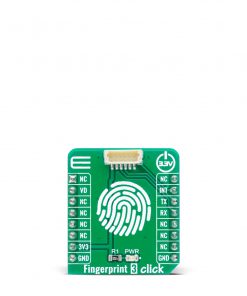 Fingerprint 3 Click
1 ×
Fingerprint 3 Click
1 × R130.00R117.00
Subtotal: R17,293.50



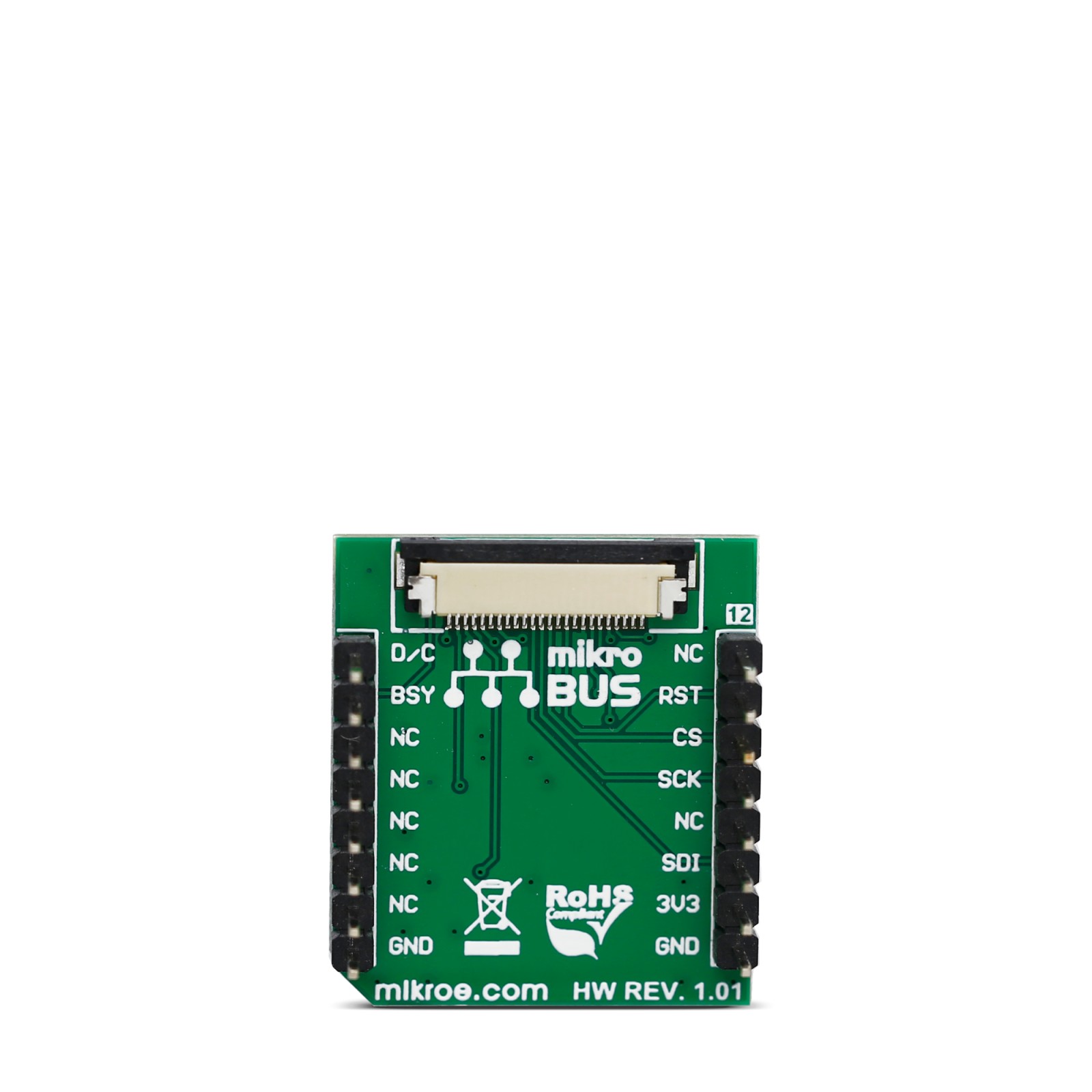

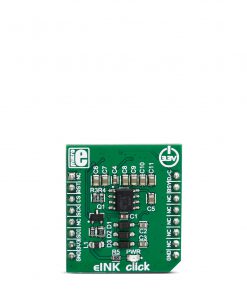
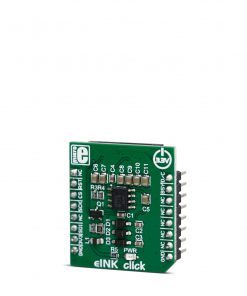

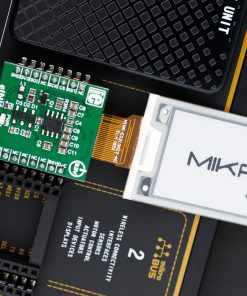
.jpg)




